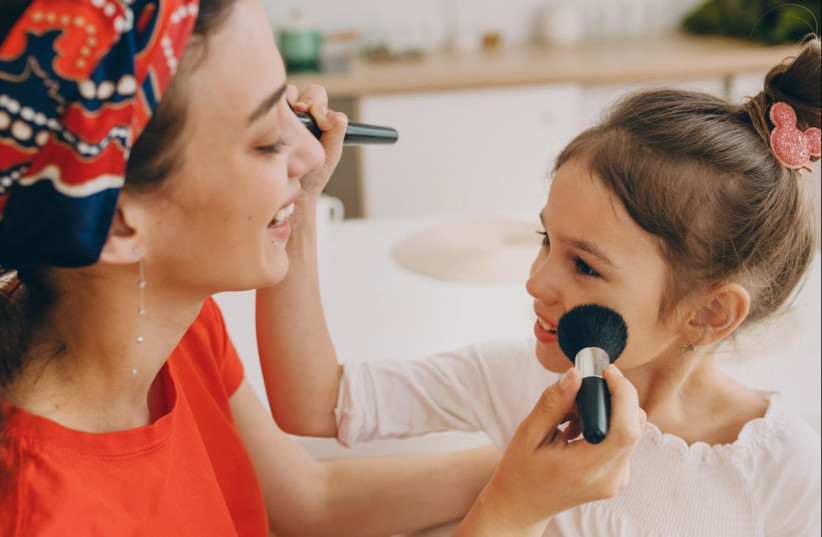One by one, little girls enter the classroom, adorned in their princess dresses. Some wear Elsa dresses, others Belle dresses, and there's even a girl with a mesmerizing spinning dress that defies characterization but exudes a radiant and festive aura. This scene isn't plucked from the pages of fairy tales; it's the everyday reality for countless young girls and their parents.
Surprisingly, this fascination with dressing up often begins before the age of three. Little girls start forming strong opinions about their attire and frequently express their desire to be "princess-like." They yearn for twirling pink dresses, bows and crowns adorning their hair, and an abundance of glitter and unicorns in their accessories. It's not uncommon for girls to request nail polish, perfume, and jewelry, longing to embrace traditional feminine aesthetics in every aspect of their lives.
If you find yourself unsure how to respond to your daughter's requests, torn between agreeing or setting limits, consider these three possible approaches that align with your values:
Disagree, with firm boundaries
You believe that everything has its appropriate time, and you consider dressing up, excessive adornment, and fussing with makeup as behaviors not suitable for children. You permit dressing up at home as part of a game, but anything beyond that, such as nail polish and makeup, is off-limits. Perhaps you allow it only for special occasions like Purim celebrations and birthdays. Your daughter may persist in asking, but you stand firm in your conviction, even if other parents around you permit it.
Agree, with reasonable limits
While you don't wholeheartedly embrace the idea, you don't completely prohibit your daughter from exploring her desires. With the consent of the kindergarten staff, she can wear costumes and even apply nail polish. As for makeup, you permit minimal usage of age-appropriate products specifically designed for girls. Your moderate approach allows your daughter to feel included in the activities enjoyed by most girls in her environment, avoiding a sense of exceptionalism.

Embrace your daughter's requests
You genuinely support your daughter's exploration of gender identity and style choices. Blush and eyeshadow? You gladly oblige and may even offer assistance. Different costumes for kindergarten every day? No problem. Nail polish on fingers and toes? You might even treat her to a visit to a professional manicurist occasionally. Your approach is fluid and empowering, even if you don't necessarily agree with her fashion and styling choices. You choose your battles wisely and allow her the freedom to express herself.
Whichever approach you adopt, it's important to remember that this phase is common among girls and will pass with time, making way for new preferences. The environment plays a significant role in shaping their desires, as girls are influenced by their friends' choices. Any approach you choose to educate your daughter is valid, and even if others may disapprove, don't let it waver your confidence. It's okay to reassess and become more permissive, but transitioning from being lenient to strict might confuse your daughter and create unnecessary tension.
The JAMA app was created to assist mothers with babies aged from birth to three years. It offers tailored content, expert tips, activities, and videos to guide them through this challenging phase. The app grows with the baby, delivering relevant and engaging content that meets the needs and interests of mothers at each developmental stage. JAMA serves as a platform for Israeli mothers to connect with one another, fostering new and exciting friendships along their remarkable journey.
This article was written in cooperation with JAMA
